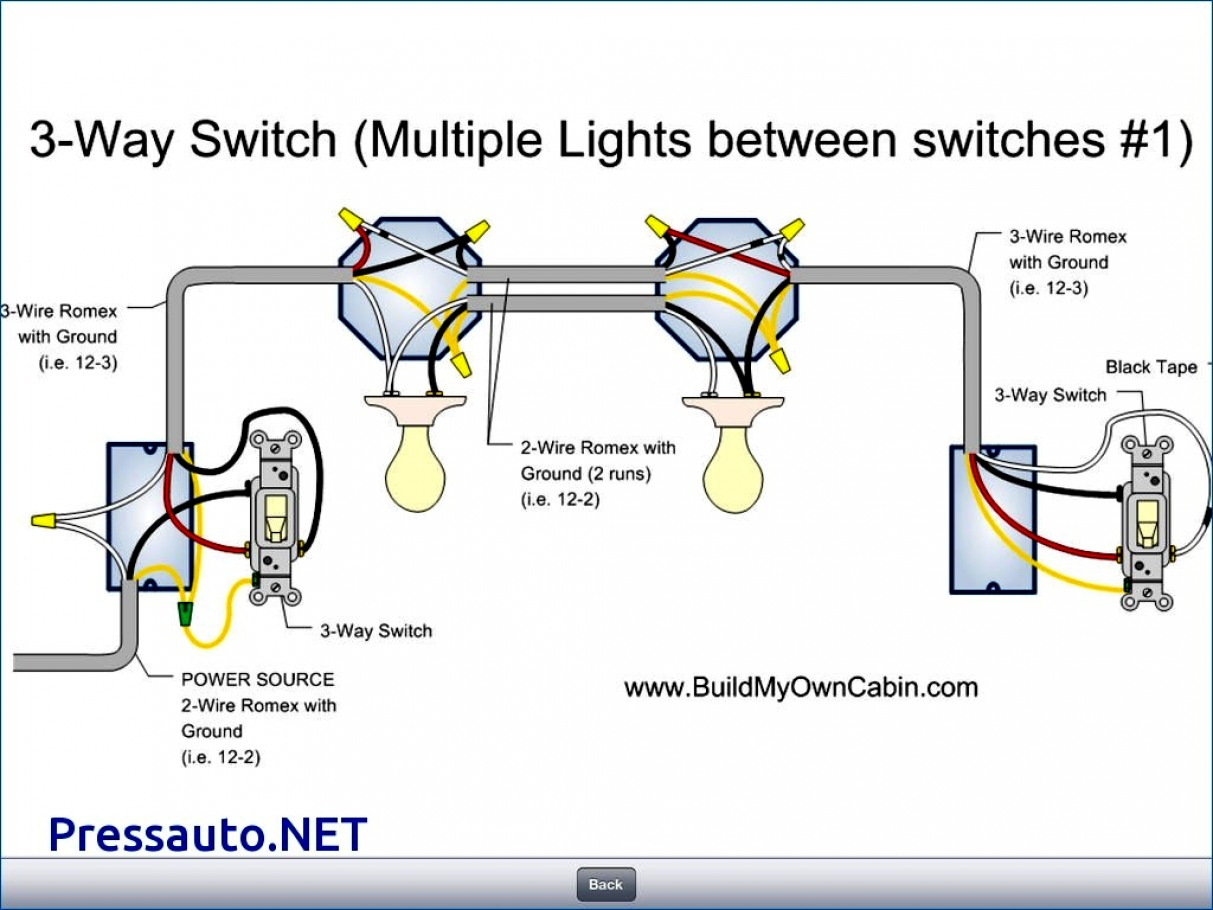


The signal coming from the One-lug will be only the neck pickup. We can see in Fig 5 that we get one extra output on the modern 5 Way Switch at the One-lug of the output stage. We’ll call this the neck position, and it is selectable by all three types of switches. Let’s take a look at which lugs are activated for each position on the switch. Positions for 3 Way, 5 Way Vintage Wired, and 5 Way Modern Let’s see what that means by looking at the different switch positions. There is still one continuous wire that runs from the input common to the volume control, but now we have activated the output side. Then solder a wire from the common on the output stage to the volume pot as seen in Fig 4. Access the output stage by connecting the common on the input stage to the common on the output stage. You can do vintage wiring using the modern 5 Way Switch, but you do not get to access the output stage if you do. In vintage guitars, we would solder a wire from common to the volume control. The neck pickup goes to one, the middle to three, and the bridge to five of the input side. We wire the Fender Stratocaster using the input side. Let’s look at the difference between the input side and the output. Fig 2ģ Way Switch vs 5 Way Switch - Input-Output Sides On the output side, the train will begin from common and exit through the one, three, or five. On the input side, the train will come from the one, three, or five, and leave through the common. It might be easiest to compare the switch to a railroad. That means that the 1, 3, or 5 will connect to the common (C). Vintage switches only had one and looked very different, but functioned the same internally.Įach stage has four lugs, of which three are singles (1,3, and 5) and one is common (C). The left side is considered to be the input stage, while the right side is the output stage. Modern switches have two sides, and each is called a stage. Fig 1ģ Way Switch vs 5 Way Switch - Internal Structure Other than these detents, there is no difference between the two switches. In 1977, Fender introduced the 5 Way Switch with detents in place at the second and fourth position and guitarists no longer needed cardboard wedges. Guitarists quickly learned to wedge a piece of cardboard from a pack of matches or a cigarette pack into the switch between positions to turn on two pickups at once. The Stratocaster featured three pickups, and the three-position switch allowed the player to select one at a time. The 3 Way Switch is the one initially used in Fender Stratocaster guitars when they were introduced in 1954. The 3 Way Switch vs 5 Way Switch is a topic that can be confusing to many people, so let’s start with some background information.


 0 kommentar(er)
0 kommentar(er)
